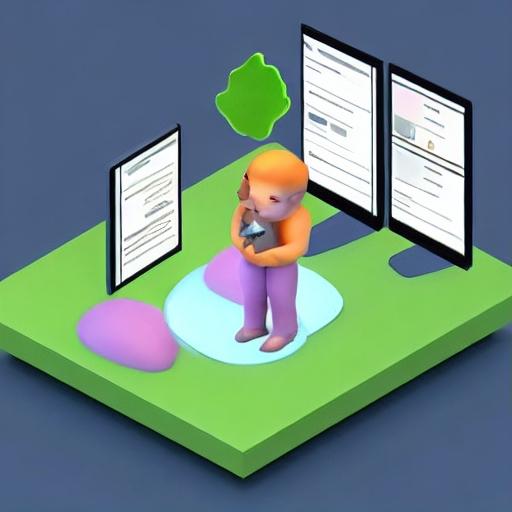
As a website owner or a content creator, you may have spent a significant amount of time and effort in creating visually appealing images to enhance your website’s aesthetic appeal. However, when it comes to image optimization, many people tend to overlook or underutilize an essential element known as image alt text. In this blog post, we will discuss why image alt text and optimization are crucial for your website’s success.
Image alt text, also known as alt tags or alt attributes, is a brief description of an image inserted within the HTML code of a webpage. Alt text serves multiple purposes, including:
1. Accessibility: Alt text plays a vital role in making your website more accessible to people with visual impairments or those using assistive screen readers. By providing a concise and accurate description of your image through alt text, visually impaired users can understand the context and content of the image.
2. Search engine optimization (SEO): Search engines like Google and Bing rely on text-based content for indexing and ranking webpages. Since search engines cannot interpret images directly, they heavily rely on alt text to understand the subject matter of the image. By including relevant alt text, you can increase the chances of your images appearing in search engine results, driving organic traffic to your website.

3. User experience: Alt text not only enhances the accessibility of your website but also improves the overall user experience. When an image fails to load due to connectivity issues or other technical problems, alt text replaces the image with a text description, allowing users to understand the context and purpose of the missing image.
To optimize your image alt text effectively, follow these best practices:
1. Be descriptive: Create alt text that accurately describes the image and its purpose within the content. Use relevant keywords naturally, but avoid keyword stuffing as it can negatively impact your website’s SEO.
2. Keep it concise: Aim for short and concise alt text while conveying the essential information about your image. Avoid lengthy descriptions that could overwhelm users with unnecessary details.
3. Be specific: Provide specific information about the image rather than using generic terms. For example, instead of using alt text like “woman with a bag,” use something more descriptive like “businesswoman carrying a leather briefcase.”
4. Consider context: Always consider the surrounding content when writing alt text. Ensure that the alt text provides useful information without duplicating the text already present on the page.
In addition to optimizing your alt text, it is equally important to make sure that your images are properly optimized for web performance. Compressing images, reducing file sizes, and choosing appropriate formats (such as JPEG or PNG) can significantly improve your website’s loading speed.







